Results
-
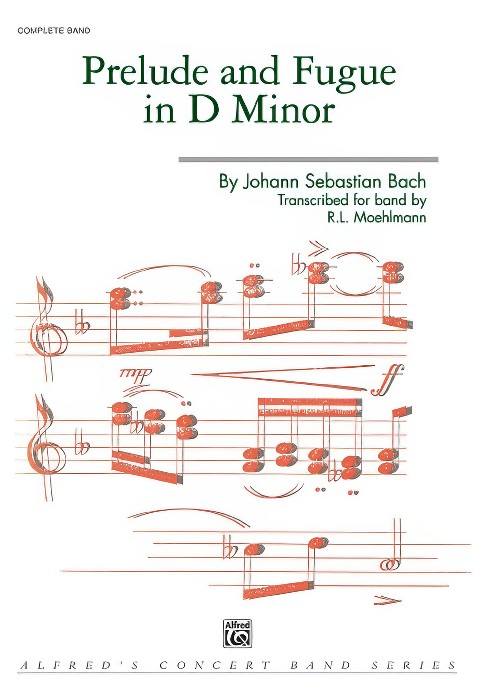 £51.95
£51.95Prelude and Fugue in D minor (Concert Band - Score and Parts) - Bach, Johann Sebastian - Moehlmann, Roland L.
The Prelude and Fugue in D minor, BWV 875 is a keyboard composition written by Johann Sebastian Bach. It is the sixth prelude and fugue in the second book of The Well-Tempered Clavier, a series of 48 preludes and fugues by the composer and here it is for your concert band.
Estimated dispatch 7-14 working days
-
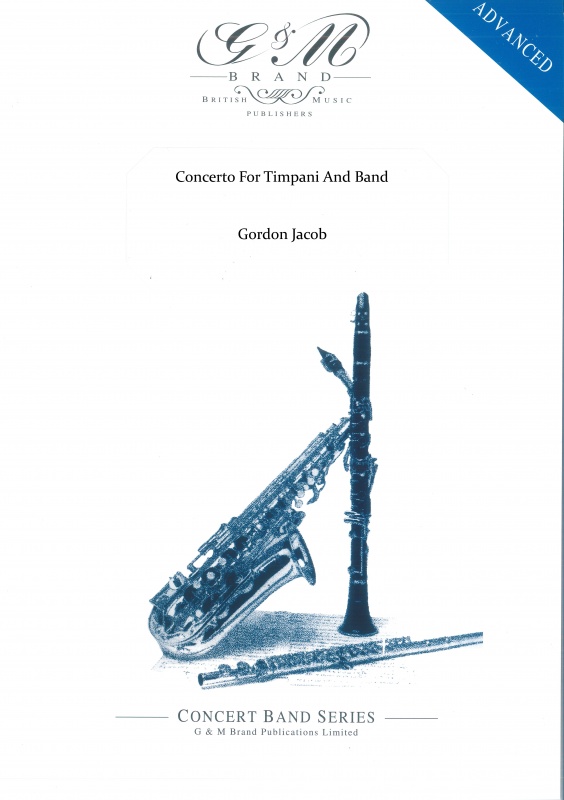 £104.95
£104.95Concerto For Timpani And Band (Concert Band - Score and Parts) - Jacob, Gordon
The nature of the timpani means that musical development is rhythmic rather than tonal. In the first movement, a broad theme is announced by the timpani themselves, and immediately echoed and modified by the full wind band. Material is embroidered by woodwinds and developed by the soloist. The second movement (Adagio) is virtually an aria in which we are left with an expressive mood conjured from the timpani themselves. The last movement is a romp - characteristic use of quasi-folk material is well suited to the band and the rhythmic characteristics of the timpani are highlighted.
Estimated dispatch 7-14 working days
-
 £20.95
£20.95Concerto For Timpani And Band (Concert Band - Score Only) - Jacob, Gordon
The nature of the timpani means that musical development is rhythmic rather than tonal. In the first movement, a broad theme is announced by the timpani themselves, and immediately echoed and modified by the full wind band. Material is embroidered by woodwinds and developed by the soloist. The second movement (Adagio) is virtually an aria in which we are left with an expressive mood conjured from the timpani themselves. The last movement is a romp - characteristic use of quasi-folk material is well suited to the band and the rhythmic characteristics of the timpani are highlighted.
Estimated dispatch 7-14 working days
-
 £43.50
£43.50Appalachian Trail (Concert Band - Score and Parts) - Kinyon, John
This suite captures the flavor of the musical sounds indigenous to the mountain people of Appalachia. The first movement is based on the well-loved hymn 'Amazing Grace.' The pensive second movement is titled 'Dulcimer Tune' and provides an excellent contrast to the lively third movement 'Clog Dance' which features wood block and snare drum that simulate the sounds of hill country clogging.
Estimated dispatch 7-14 working days
-
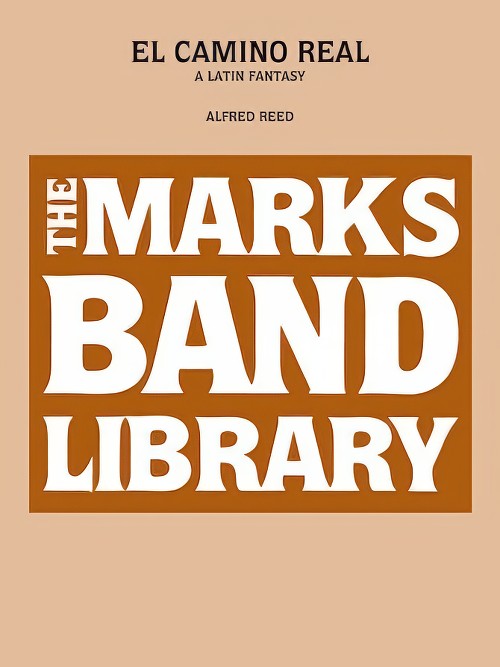 £129.99
£129.99El Camino Real (A Latin Fantasy) (Concert Band - Score and Parts) - Reed, Alfred
El Camino Real (The Royal Road or The King's Highway) was commissioned by the 581st Air Force Band and its commander, Lt. Col. Ray E. Toler. This fantasy is based on a series of Spanish folk melodies and underscored by chord progressions used by generations of flamenco guitarists, whose fiery style and brilliant playing have created a vast body of what many consider authentic Spanish music.The music follows a traditional fast-slow-fast pattern, with a first section that is based on the dance form known as the jota, and second contrasting section derived from the fandango.
Estimated dispatch 7-14 working days
-
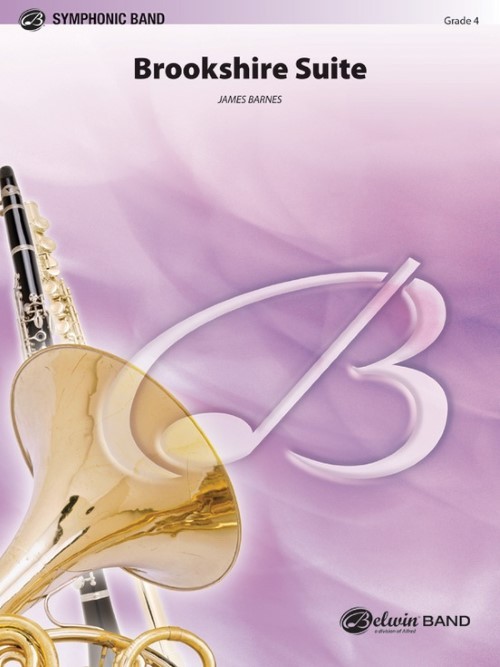 £84.50
£84.50Brookshire Suite (Concert Band - Score and Parts) - Barnes, James
Composed of three movements, Brookshire Suite begins with a "Fanfare and March." The unique second movement is entitled "Little Jazz Song" and features lush contemporary textures. The "Fugue" is introduced by the cornets intertwines the remainder of the ensemble building to a grandiose conclusion. This work is essential program repertoire for every fine concert band. Duration: 5.45
Estimated dispatch 7-14 working days
-
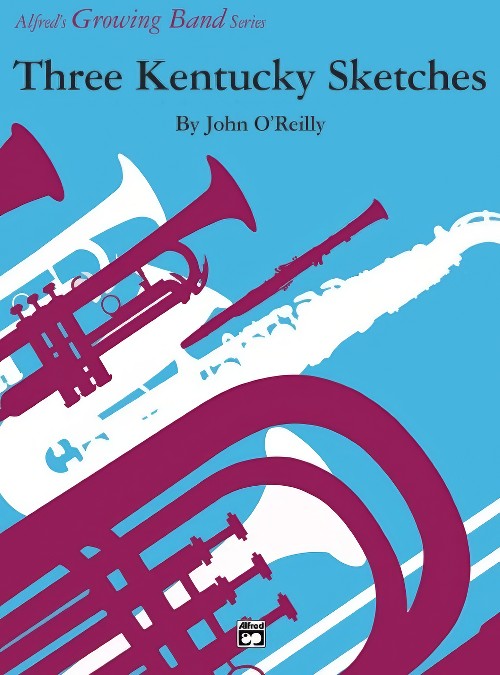 £51.95
£51.95Three Kentucky Sketches (Concert Band - Score and Parts) - O'Reilly, John
This contemporary concert suite portrays three distinct styles. The first movement is a grandiose fanfare, the second is a 5/4 off beat waltz and the third movement an exciting tour de force. Duration: 4.30
Estimated dispatch 7-14 working days
-
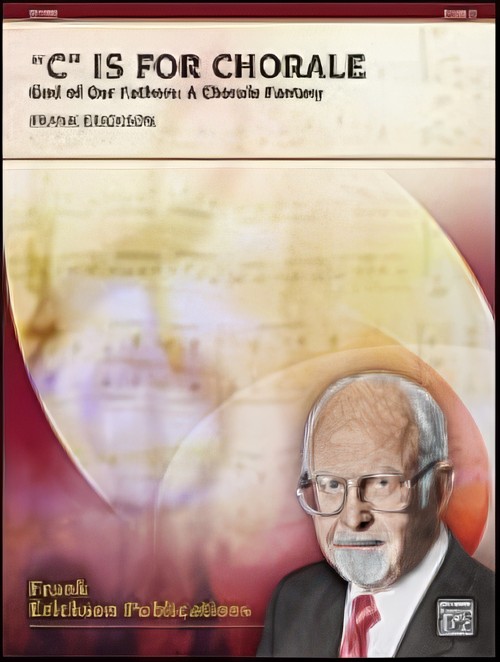 £54.95
£54.95"C" IS FOR CHORALE (Young Band) - Erickson, Frank
The Choral Fantasy varies from the Choral Prelude in that it is much freer in form and style. This number opens with a variation of the fanfare that has been traditionally inserted as an introduction and interlude between stanzas. The chorale is then presented in a traditional harmonization by the full band. The second section is in a faster tempo, and is based on statements of the opening motive of the hymn presented in fugal style
Estimated dispatch 7-14 working days
-
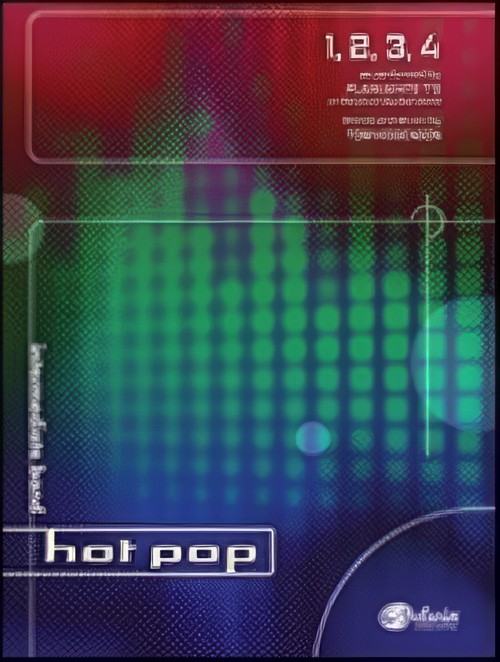 £45.95
£45.951, 2, 3, 4 (Concert Band) - Higgenson, Tom
1, 2, 3, 4 is the second single from the Plain White T's certified Platinum album, Big Bad World. The song spent 26 weeks on the Hot Adult Top 40 Tracks, and has been compared to the band's earlier hit "Hey There Delilah." This smooth, acoustic rock tune is sure to be hit with your group!
Estimated dispatch 7-14 working days
-
 £76.99
£76.99A Sherwood Fantasy Wind Band Set (Score & Parts)
The first movements of Andrew Watkin's A Sherwood Fantasy is presented in a stately 6/8 meter. The lovely melody of the second movement is sumptuously harmonised. The third movement of this very varied work is peppered with changing rhythms and modulations, which give the music a fresh and lively character. A hymn completes this beautiful musical creation. 05:00
Estimated dispatch 7-14 working days
